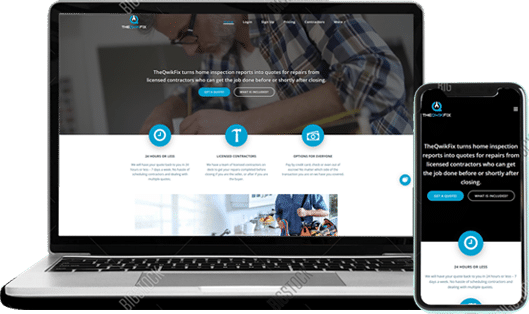Commercial Property Accessibility Inspections
Understanding the Importance of Accessibility Inspections
Around the globe, laws mandate that public accommodations provide goods and services to people with disabilities on an equal basis with others. In the United States, key legislations and guidelines include:
- Americans with Disabilities Act (ADA)
- Americans with Disabilities Act Accessibility Guidelines (ADAAG)
- Federal Fair Housing Act (FFHA)
- Fair Housing Act Design Manual
- Architectural Barriers Act (ABA)
The ADA is distinctive as it applies not only to new constructions but also mandates the removal of access barriers in existing buildings where feasible—a requirement not common in most building codes and laws, which typically aren’t applied retroactively. This type of inspection is often referred to as an ADA inspection.
Benefits of an Accessibility Inspection
Businesses thrive on diverse patronage, and ensuring that physical barriers are minimized or eliminated can significantly enhance customer access. Conducting an accessibility inspection provides critical data needed to facilitate the provision of goods and services to people with disabilities, ensuring compliance and fostering inclusivity.
It’s noteworthy that people with disabilities constitute the largest minority group in the United States, with census figures estimating that 56.7 million Americans—about one in five—have some form of disability, be it mobility, hearing, vision, speech, or cognitive impairment.
Furthermore, many commercial accessibility issues are traditionally addressed through civil litigation. The insights from an accessibility inspection report not only detail the existing accessible features or their absence but also help in mitigating potential legal challenges related to a property’s accessibility—sometimes referred to colloquially as “drive-by lawsuits.”
Enhancing accessibility in existing commercial facilities is not just a matter of legal compliance and safety; it’s also a critical investment in equality and customer satisfaction.
What Does an Accessibility Inspection Cover?
An accessibility inspection examines potential barriers that could impede the disabled, including:
- Parking facilities
- Building entrances
- Routes of travel and walking surfaces
- Ramps, curb-cuts, and curb-ramps
- Clear floor spaces for wheelchair maneuverability
- Protruding objects
- Drinking fountains
- Restrooms
- Elevators
Schedule Your Accessibility Inspection
Make your facility welcoming to all. Contact The Real Estate Inspection Company for comprehensive accessibility inspection services and ensure your property meets all necessary compliance standards. For more information or to schedule an inspection, visit The Real Estate Inspection Company.




